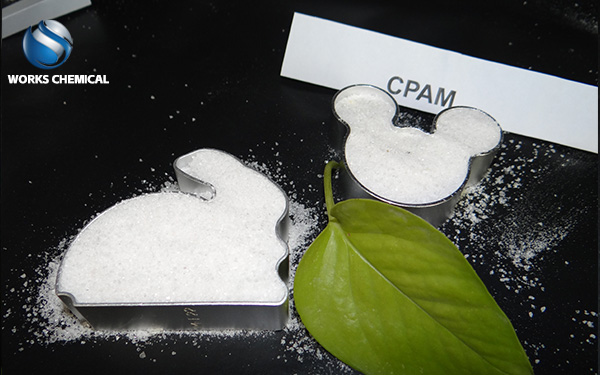
Printing and dyeing sludge, after physical and chemical treatment, influent COD is 800, after treatment is 200-300, it is difficult to debug. In the treatment of various types of sewage, the sewage will contain solid substances. Dehydration can be very difficult if proper treatment measures are not taken. So what sludge conditioner or sludge filter aid should be used for deep dehydration of printing and dyeing sludge to dry the sludge? Before the deep dehydration of printing and dyeing sludge, the sludge moisture content is high, and the mud is not formed. At present, the sludge dewatering agents on the market mainly include ferric chloride, polyferric sulfate, lime, polyaluminum chloride, polyacrylamide, and new sludge conditioner.

In the face of deep dehydration of printing and dyeing sludge, how should we choose the agent? Here's a brief introduction to Works Chemical; The new sludge conditioner is a kind of characteristic polymer, as a drying agent in the sludge dewatering process, compared with the traditional PAM flocculant, it can significantly reduce the water content of the sludge, and completely or partially replace the inorganic flocculants and adjuster such as polyferric chloride, polyaluminum chloride and lime used in the sludge deep dewatering process, so as to achieve real sludge reduction.
At the same time, the properties of the sludge and the content of organic matter are maintained, the pH value and salt content of the filtrate are not changed, and the deep dewatering of the printing sludge using the sludge conditioner combined with the plate and frame filter press can significantly reduce the weight of the pressed sludge, and the water content of the mud cake can be 40%-60%. At the same time, the mud press efficiency is increased by 100%-500%, which greatly shorens the mud press cycle, and also shorens the frequency of the filter cloth of the plate and frame filter press, saving the operating costs.